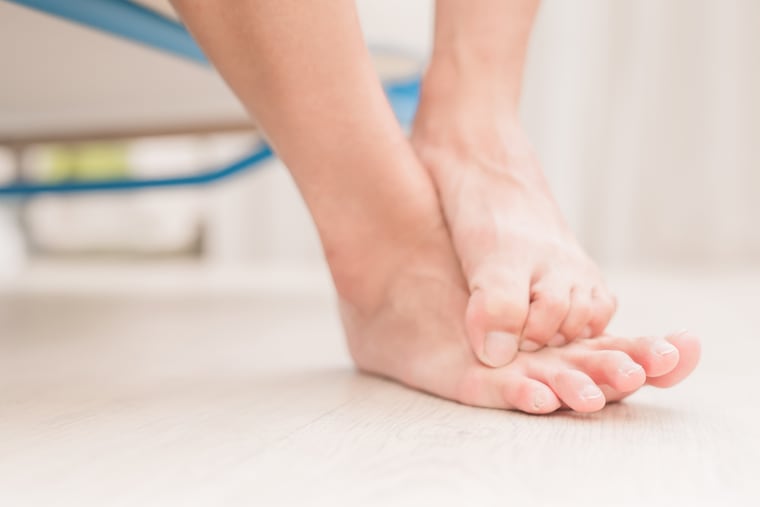Q&A: Treating athlete’s foot and avoiding bigger problems
Perhaps the skin in between your toes is itchy. Or the skin on the sides of your feet is flaking and irritated.These are classic signs of athlete's foot. It's a common fungal infection, affecting 15% to 25% of people at any one time.
